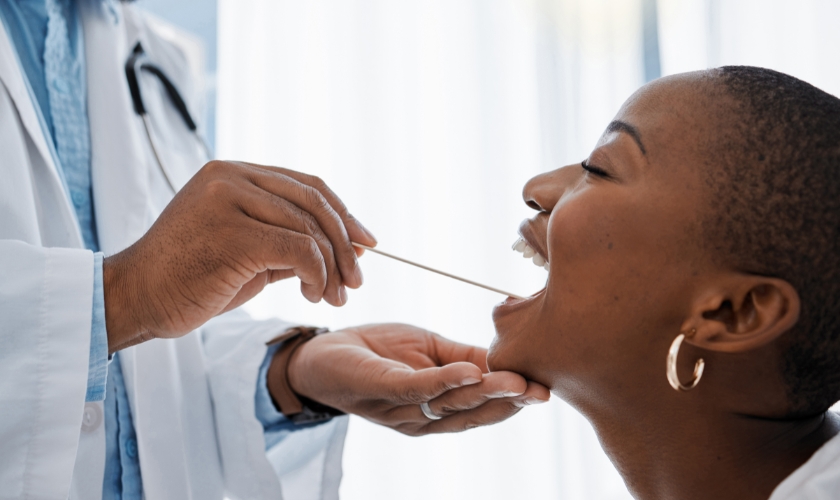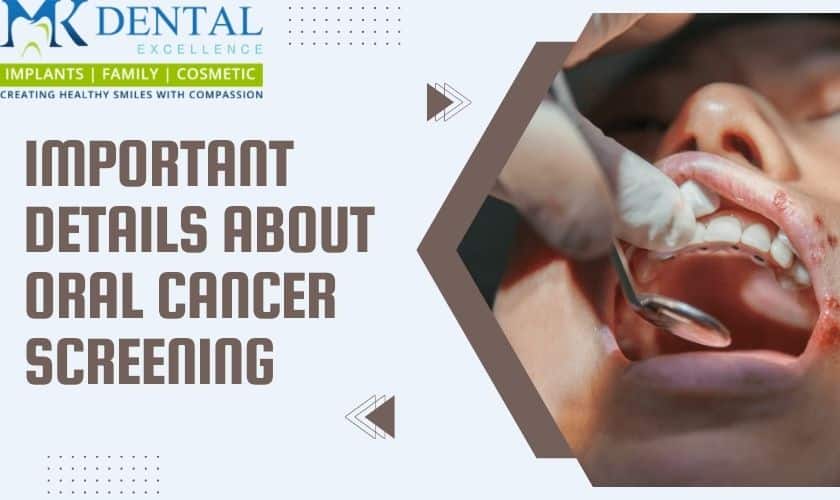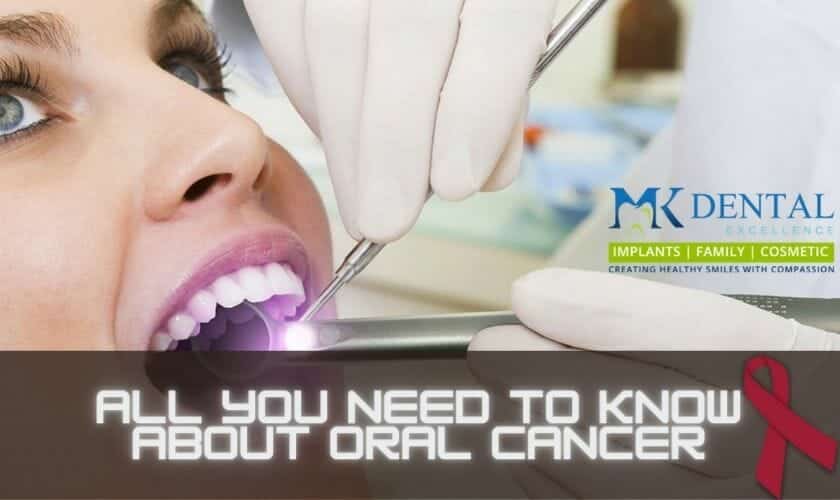
You might be curious about the procedures your dentist or dental hygienist follows when they gently hold your tongue to examine the base of your mouth during a routine appointment. Perhaps you’ve been informed about your risk factors for oral cancer and the importance of consulting a dentist. Maybe you simply want a clear answer to the question, “What is an oral cancer screening?” According to the National Cancer Institute, cancer screenings are designed to take place before symptoms manifest. An oral cancer screening is a preventive measure routinely conducted during dental hygiene appointments. In this explanation, we’ll guide you through the process, describe the instruments used, and outline what to expect once the screening is complete. We aim to ensure you feel informed and equipped with potential questions for your dental professional and to address any queries you may already have.
Did you know that oral cancer screenings can be completed in as little time as brushing your teeth? According to the Mouth Cancer Foundation, a thorough screening typically takes less than two minutes! Mouth cancer encompasses any cancer occurring in the oral cavity, and during a screening, dentists or dental hygienists examine various areas of the mouth that you may not have considered. This includes the oral cavity and related tissues, extending to the throat, sinuses, larynx, and pharynx. An oral cancer screening assures good oral health or prompts early intervention if any concerns arise. The screening process involves two primary components, which we will explore in detail.
Visual Examination
Remove any dentures or removable dental appliances before your screening to allow your dentist to thoroughly examine your entire mouth. Your dental professional will carefully assess for asymmetries, swellings, bumps, patches of unusual color, ulcerations, or any other abnormalities. This comprehensive examination covers your face, neck, lips, jaw, cheeks, inside of your nose, and oral cavity – all integral aspects of the oral cancer screening process.
To inspect the interior of your mouth, a light and mirror are employed by your dental professional. Additionally, a tongue depressor is used to hold down your tongue, facilitating a thorough examination of the back of your mouth, similar to a standard physical examination. Just as during a typical physical, your dental professional will request you to extend your tongue and say “Ahh,” revealing areas in your throat that may be challenging to observe otherwise.
Physical Examination
In addition to the visual examination, during an oral cancer screening in Cincinnati, OH, your dental professional will conduct a tactile assessment by gently touching your face, mouth, and neck to detect any unusual nodules or masses. As noted by the Oral Cancer Foundation (OCF), this tactile approach is crucial for identifying potential cancerous abnormalities in your mouth. The hands-on inspection enables your dental professional to identify any firm lumps or irregular tissue. Although symptoms of oral cancer may sometimes be accompanied by pain, the condition is typically painless in its early stages. This underscores the importance of regular screenings by dental professionals to promptly identify any potential concerns specific to oral cancer screening in Cincinnati, OH.
Oral Cancer Screening Devices
During an oral cancer screening, your oral care provider may utilize specialized examination tools, including:
- An oral brush biopsy, designed to painlessly collect cells for testing.
- An enhanced oral assessment system tool equipped with a fluorescent light to identify potentially suspicious oral tissues.
- An oral lesion screening, involves the use of a mouth rinse to assist in the visual inspection of the tissues inside your mouth.
After Your Oral Cancer Screening
It’s important to note that an oral cancer screening is a precautionary measure, not a diagnostic one. If your dentist or dental hygienist identifies nothing abnormal during the examination, that’s excellent news! In such cases, it is advisable to return for regular intervals for ongoing screenings. Maintaining consistent dental and dental hygiene appointments is particularly crucial if you possess risk factors for oral cancer, as outlined by the American Cancer Society. Key risk factors include:
1. Tobacco use
2. Alcohol use
3. An HPV diagnosis
4. Sun exposure
5. Age (55+)
6. Gender (more common in men than women)
If your dental professional detects a symptom resembling oral cancer, they may recommend further testing to understand the underlying cause of that symptom. It’s essential to understand that results prompting additional investigation do not necessarily signify a cancer diagnosis. If cancer is identified, early diagnosis significantly reduces potential treatment-related complications. This underscores the importance of prevention and early detection.
An oral cancer screening in Cincinnati, OH, extends beyond a physical examination; it serves as an opportunity for you to discuss any fears or concerns about oral cancer with your dental professional. Come prepared with questions and seek guidance on lifestyle changes specific to oral cancer screening in Cincinnati, OH. Feeling nervous about the concept of oral cancer is normal, but regular participation in this swift screening process can help alleviate concerns and contribute to your peace of mind.




